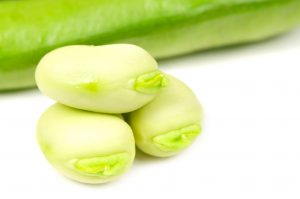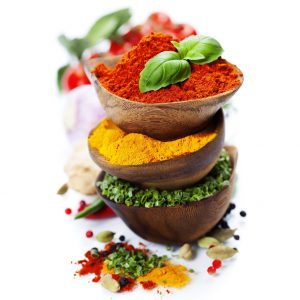
To see the horizon of nutrition in the world of food ingredients, processes, and technologies, there’s no better place to go than the annual Food Expo of the Institute of Food Technologists. Each year, over 20,000 attendees and more than 1,000 exhibitors come to share their latest developments in food technology. The Kerry Health and Nutrition Institute team walked the Expo to bring back some insights about nutrition from the show.
Same trends, new forms
Trends like plant proteins, whole grains, and sugar reduction were prominent among many ingredient innovations this year. These trends have been strong for years, and their continued presence suggests they are becoming mainstream developments rather than temporary trends.
Scientists continue to find new ways to incorporate these trends into food and beverage, aiding the ‘mainstreaming’ of ingredients like plant proteins by making them taste better, more functional, and continuing to appeal to consumer demand for natural products.
Plant Protein
Finding new methods to deliver plant protein was a common theme, especially in high-moisture applications. A standout ingredient was faba bean protein, which saw use in high-moisture applications including yogurt, ice cream, and iced coffee. Using nut butters to deliver plant protein in new applications was also a common sighting.

Pea protein continued to be a strong presence, with new ingredients emphasizing improved functionality or taste. Emerging plant protein sources included hemp, pumpkin seed, and sunflower.
Whole Grains and Ancient Grains
Finding traditional ways to use trending grains, like Amaranth hot cereal, was just as common as finding new ways to use mainstream grains, like quinoa powder for beverages. Although whole grain consumption increased by 50% from 2004 to 2014, consumer acceptance of whole grain products can be a hurdle to consumption of these nutritious ingredients. These innovations are promising for improving palatability and convenience for consumers in the future.
Sugar Reduction
The strong push for sugar reduction in the food industry was clear at the Expo. One common ingredient was allulose, a naturally occurring type of sugar that provides fewer calories than other sugars. Other innovations included a new extract from stevia leaf claimed to have improved taste compared to other stevia extracts. Natural flavors and flavor modulators were demonstrated as a way to reduce sugar without adding alternative sweeteners. Monk fruit and fibers also had a presence in the sugar reduction category.
Emphasis on Natural
‘Natural’ was a prominent theme and could almost be assumed to be associated with all new launches throughout the Expo, especially at the booths with the most traffic. Keeping foods and ingredients as close to a natural source or method as possible, ‘clean’ language, and claims aligning with natural products like Organic, Non-GMO, etc. were impossible themes to ignore, suggesting once again that something previously thought to be a trend may be on its way to becoming a movement with staying power for the entire industry.

The findings from the 2017 Food Expo show that, when it comes to nutrition, plant proteins and sugar reduction are here to stay and we can expect more and more variety in ways to deliver them in foods and beverages. Moving forward, an emphasis on keeping ingredients close to nature will continue to dominate nutrition-related ingredients.

 Nathan Pratt, PhD, RD is a nutrition scientist passionate about finding ways to make science easily used and understood to improve health. During his time working with the food and beverage industry he has worked with companies globally to bridge the gap between consumer insights and nutrition science and to better leverage nutrition in their strategies and product development.
Nathan Pratt, PhD, RD is a nutrition scientist passionate about finding ways to make science easily used and understood to improve health. During his time working with the food and beverage industry he has worked with companies globally to bridge the gap between consumer insights and nutrition science and to better leverage nutrition in their strategies and product development. 

